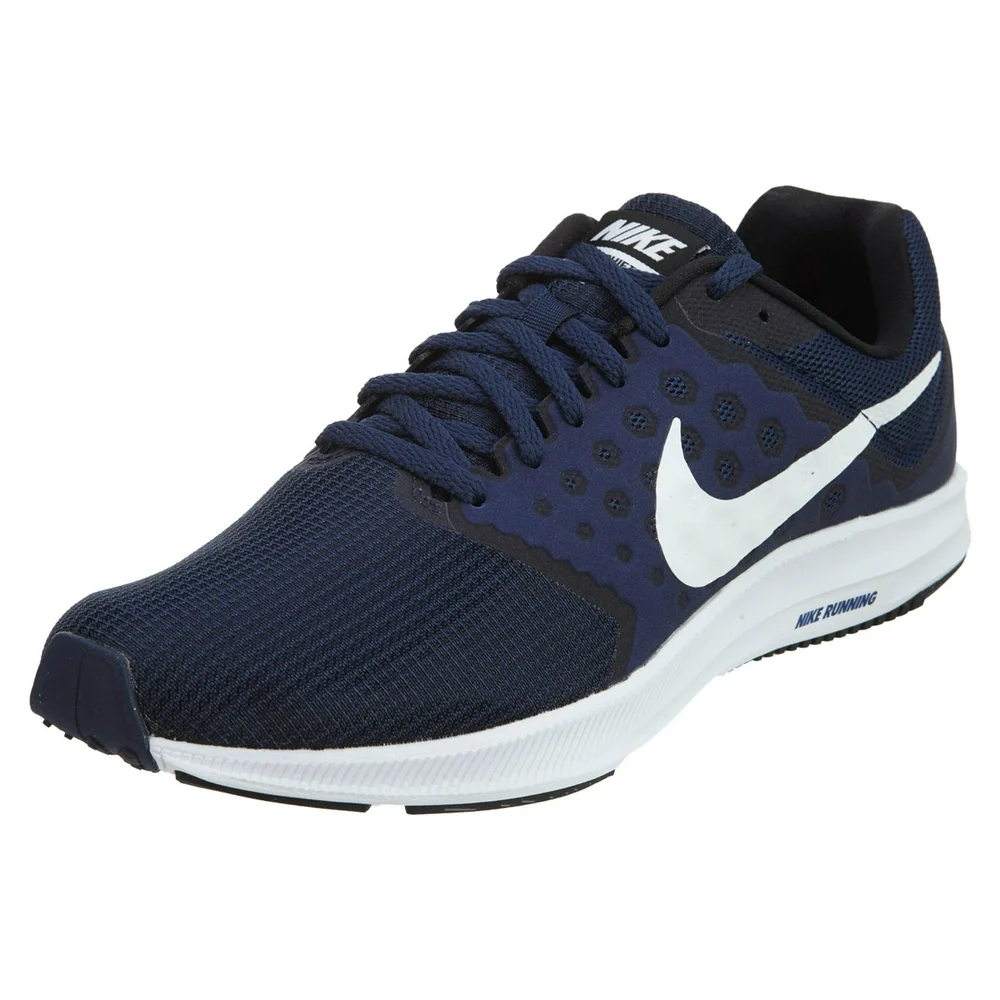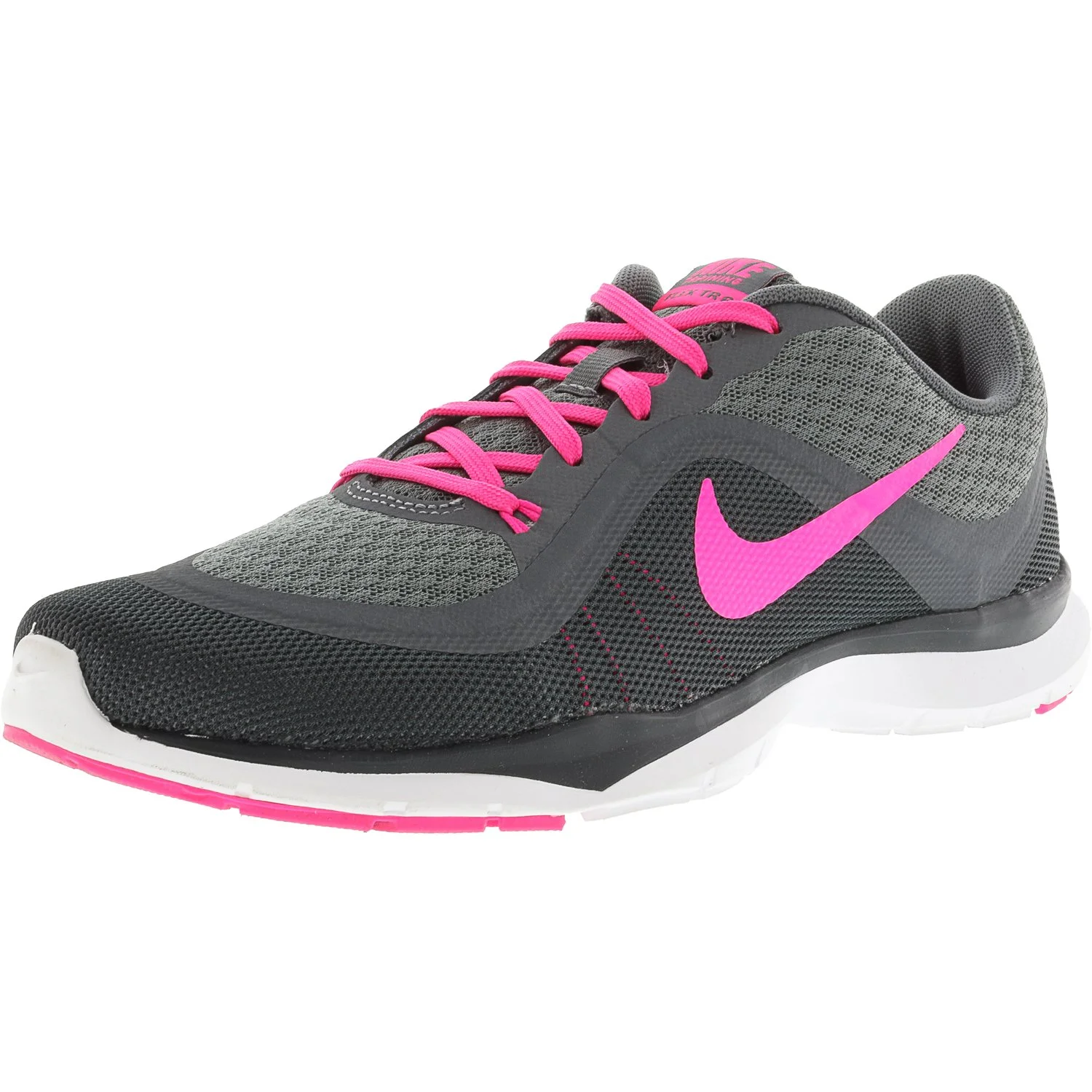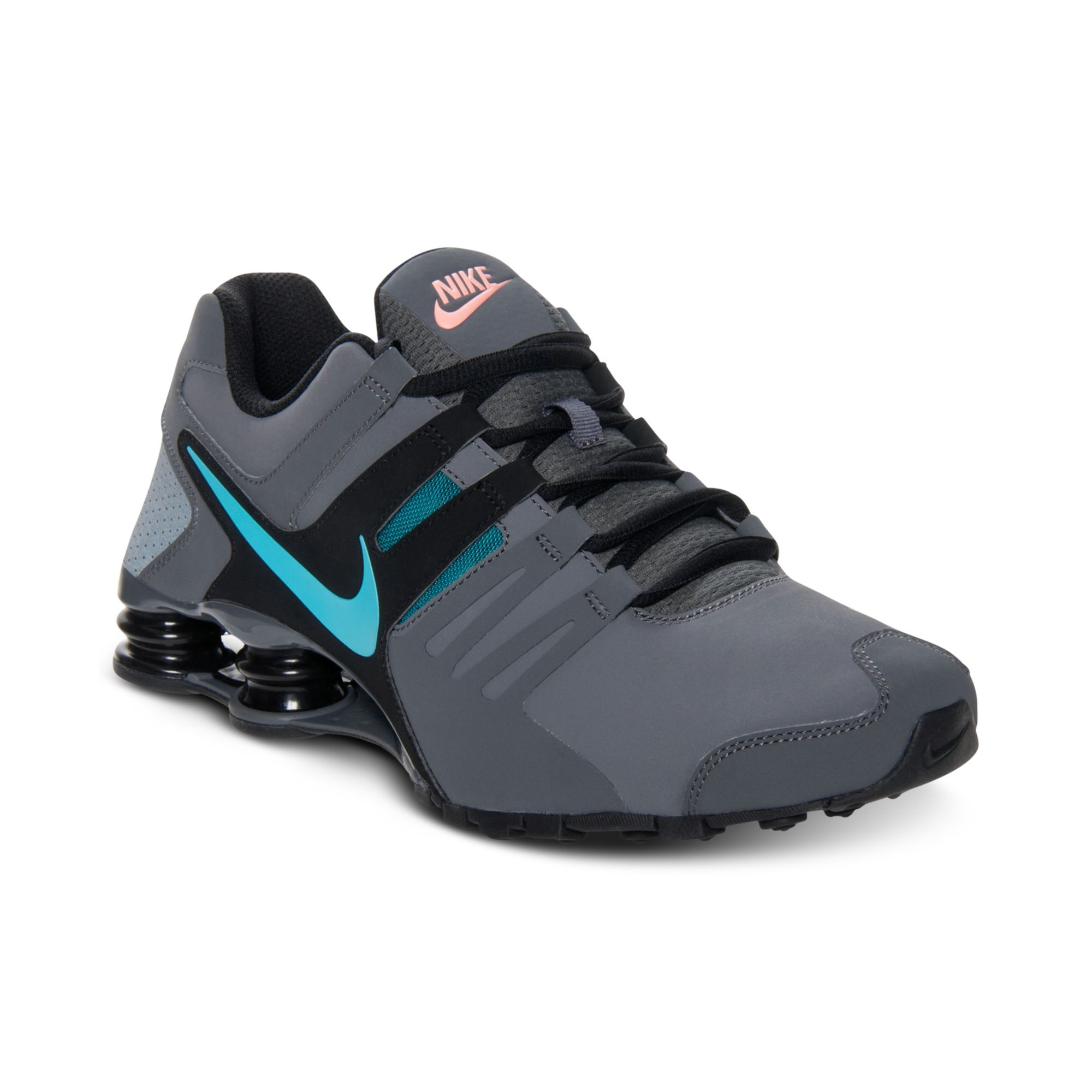Running is not just a physical activity; it is a lifestyle choice that encompasses health, endurance, and dedication. Over the years, various brands have attempted to enhance the running experience, but few have had as significant an impact on the footwear market as Nike. Known for their innovation and commitment to quality, Nike shoes have established themselves as a leading choice for runners globally. In this article, we delve into the fascinating evolution of Nike running shoes, exploring their features, technologies, and how they’ve altered the running landscape.
The Origins of Nike
A Brief History
Nike was co-founded in 1964 by Phil Knight and Bill Bowerman as Blue Ribbon Sports. The transition to the Nike brand occurred in 1971, with the iconic Swoosh logo emerging soon after. The brand began gaining recognition with its early shoe designs and collaborations, specifically focusing on running. Bowerman’s innovative shoe designs stemmed from his experiences as a track coach, quickly leading to a series of enhancements that catered specifically to runners.
The Waffle Trainer
One of the first groundbreaking models was the Waffle Trainer, released in 1974. This shoe was notable for its unique outsole design—molded in the shape of a waffle iron, to provide better traction and cushioning. The Waffle Trainer exemplified Nike’s commitment to improving performance, establishing the brand as a significant player in the running shoe market.
Nike’s Innovations Over the Years
Air Technology
The introduction of Nike Air technology in 1979 marked a transformative moment in running footwear. By incorporating air cushioning into the midsole, Nike created a more comfortable and responsive run. The first shoe to use Nike Air was the Air Tailwind, which offered superior shock absorption, paving the way for future models. This technology paved the way for a host of other innovations that would revolutionize the running experience.
The Launch of the Air Max
In 1987, Nike unveiled the Air Max 1. This model featured visible air cushioning in the heel, making it not just a performance shoe, but a cultural icon as well. The Air Max range has since become synonymous with style and comfort, attracting both runners and fashion enthusiasts alike.
The Impact of the Zoom Series
In the late 1990s, Nike introduced the Zoom series, which focused on providing responsive cushioning for speed-focused runners. The Nike Zoom Air units were designed to compress and then spring back quickly, offering a snappy feel. This technology is still prevalent in many contemporary Nike running shoes and signifies the brand’s commitment to performance-driven design.
The Present-Day Lineup of Nike Running Shoes
Nike React Technology
One of the most significant advancements in recent years has been the introduction of Nike React technology. Featured in multiple models like the Nike React Infinity Run, this foam material is engineered to provide excellent energy return while maintaining a lightweight structure. Runners can benefit from enhanced cushioning that helps in reducing fatigue during longer runs. This innovation signals Nike’s continuous quest for improving the comfort and performance of running shoes.
Flyknit Construction
Nike’s Flyknit technology has also made waves in the running arena. Introduced in 2012, this method uses a knitted upper that molds to the shape of the foot, offering a snug and comfortable fit. Flyknit is lightweight and reduces the number of overlays and seams, enhancing breathability and reducing weight. The combination of Flyknit with responsive cushioning offers runners a shoe that feels like a natural extension of their foot.
Tailored Fit and Customization
Nike has taken personalization to the next level with its Nike By You program, allowing runners to customize their shoes based on individual preferences. This level of customization not only allows for personal expression but also ensures a more comfortable fit tailored to the wearer’s needs.
The Psychology of Choosing Running Shoes
Understanding Foot Types
Choosing the right running shoe is pivotal for performance and injury prevention. Understanding your foot type—flat, neutral, or high-arched—can guide you in selecting a shoe that enhances your natural stride. Nike offers specific models designed for different foot types, ensuring that runners find the right fit for their biomechanics.
The Importance of Cushioning
Cushioning plays a crucial role in a runner’s experience. Some runners prefer maximum cushioning for a plush feel, while others may opt for shoes with minimal cushioning for a more connected feel to the ground. Nike’s range of running shoes includes models with varying cushioning levels, allowing runners to select footwear that aligns with their personal preferences and running styles.
The Influence of Athletes and Endorsements
Partnerships with Elite Runners
Nike’s collaborations with elite athletes have contributed significantly to its reputation in the running community. Athletes like Eliud Kipchoge and Mo Farah have helped to promote various Nike models, often serving as test subjects for new technology. These partnerships not only enhance the brand’s credibility but also allow them to gather invaluable feedback for continuous improvement.
Marketing and Cultural Impact
Nike has expertly used marketing campaigns to influence the running culture. The slogan “Just Do It” resonates across communities and inspires individuals to overcome challenges. This approach has not only boosted sales but has also made Nike an integral part of the running lifestyle.
Sustainability in Nike’s Approach to Running Shoes
Commitment to Sustainable Practices
In recent years, Nike has ramped up its commitment to sustainability by adopting various eco-friendly practices in its manufacturing processes. The introduction of the “Move to Zero” campaign signifies Nike’s pledge to reduce carbon emissions and waste. The brand is increasingly using recycled materials in their running shoes, making strides towards a more sustainable future.
The Space Hippie Collection
Another notable initiative is the Space Hippie collection, which is made from factory floor scraps and recycled materials. This innovative approach to shoe design not only reduces waste but also provides runners with comfortable, performance-driven footwear that aligns with modern values.
The Future of Nike Running Shoes
Emerging Technologies
As technology continues to evolve, so too does Nike’s approach to running footwear. The brand is consistently exploring cutting-edge materials and designs to improve comfort, performance, and sustainability. Future Nike running shoes are likely to incorporate even more advanced forms of cushioning, personalized fit, and eco-friendly materials.
The Role of Data Analytics
The fusion of technology and data analytics is shaping the future of running shoes. Nike is harnessing machine learning and customer feedback to enhance their design processes and better understand the needs of runners. This focus on data is likely to result in increasingly tailored footwear solutions that cater to individual preferences.
 What Runners Should Consider When Choosing Nike Shoes
What Runners Should Consider When Choosing Nike Shoes
Assessing Running Style
When selecting the right Nike shoes for running, it is imperative to assess your running style. Different shoes cater to various styles, including heel striking, forefoot striking, or midfoot striking. Identifying your predominant running style can help you make a more informed decision.
Trying Before Buying
Given the vast array of Nike running shoes available, it is advisable for runners to physically try on different models. Comfort, fit, and feel are subjective, and what works for one runner may not work for another. Engaging in a test run can offer insight into whether a particular model meets your personal requirements.
Duration and Terrain
The terrain you frequently run on—whether it’s pavement, trail, or track—can significantly influence your shoe choice. Nike offers specialized models tailored to different surfaces. Consider the average duration of your runs; longer outings may require footwear with enhanced cushioning and support.
Conclusion
The journey of Nike running shoes is a testament to innovation, dedication, and evolution. From their humble beginnings to becoming an emblem of running culture, Nike has transformed the landscape of athletic footwear. By continually innovating and adapting to the needs of runners, Nike shoes remain a top choice for both amateurs and professional athletes alike. As we look forward to the future, it’s clear that Nike will continue to play a pivotal role in the running community, cementing its place as a leader in athletic footwear. Whether you’re a casual jogger or a competitive marathoner, Nike shoes running can provide the support, comfort, and performance you need to achieve your goals.


